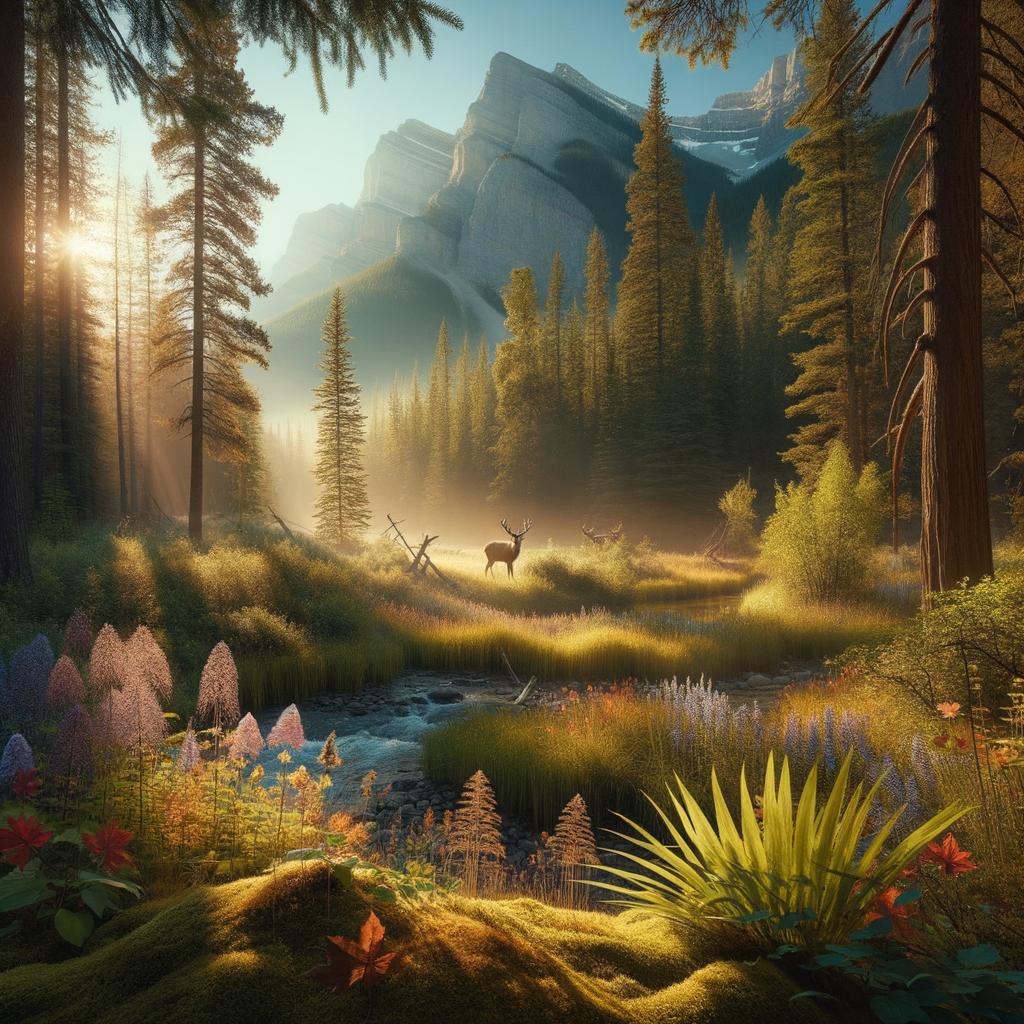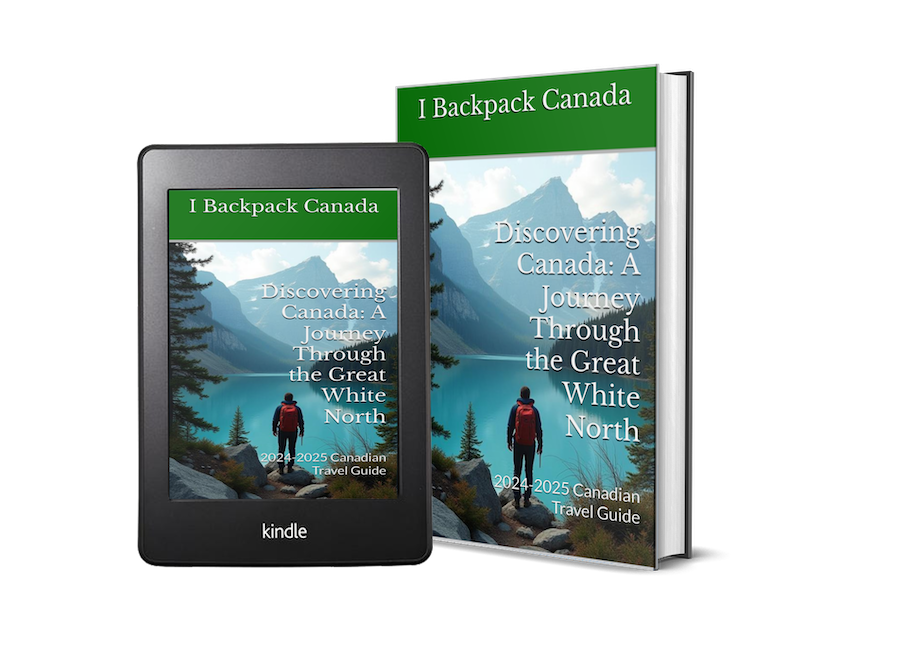Backcountry Camping in Banff National Park: A Complete Guide
Posted on June 15, 2025 • 4 minutes • 734 words
Table of contents
Backcountry camping in Banff National Park offers an unparalleled experience for outdoor enthusiasts seeking adventure and solitude. With its majestic mountains, pristine lakes, and diverse wildlife, this iconic Canadian destination beckons campers from around the globe. Whether you’re an experienced hiker or a novice looking to escape the crowds, this complete guide will equip you with everything you need to know for a successful backcountry camping trip in Banff.
Understanding the Backcountry Camping Experience
Backcountry camping is distinct from traditional camping, as it involves setting up camp in undeveloped areas far from established campgrounds. In Banff National Park, this means immersing yourself in nature, where you’ll encounter breathtaking views and the tranquility of the wilderness. Leave behind the comforts of modern amenities and embrace the challenge of carrying your gear and navigating through the stunning backcountry trails.
Planning Your Trip: Key Considerations
Before embarking on your backcountry adventure, thorough planning is essential. Consider the following factors:
Permits and Regulations: Backcountry camping in Banff requires a permit. These permits are issued by Parks Canada and can be obtained online or at visitor centers. Familiarize yourself with the park regulations to ensure a safe and compliant experience.
Best Time to Visit: The ideal months for backcountry camping in Banff are from late June to early September. During this period, the weather is generally stable, and trails are more accessible. However, always check the weather forecast before your trip, as conditions can change rapidly in the mountains.
Choosing Your Campsite: Select a campsite that adheres to Leave No Trace principles. Look for established sites to minimize your impact on the environment. Consider proximity to water sources and the terrain’s suitability for pitching a tent.
Essential Gear for Backcountry Camping
Packing the right gear is crucial for a successful backcountry camping trip. Here’s a checklist of essentials:
- Tent: Opt for a lightweight, durable tent that can withstand wind and rain.
- Sleeping Bag and Pad: Choose a sleeping bag appropriate for the season and a sleeping pad for comfort and insulation.
- Cooking Equipment: A portable stove, fuel, and lightweight cookware will allow you to prepare meals. Don’t forget utensils.
- Food and Water: Pack dehydrated meals, snacks, and a reliable water filter or purification tablets.
- Navigation Tools: A map, compass, or GPS device will help you navigate the trails safely.
- First Aid Kit: Always carry a basic first aid kit to address minor injuries or emergencies.
Navigating the Trails
Banff boasts an extensive network of trails for backcountry camping. Some popular routes include:
The Skyline Trail: This challenging trek offers stunning panoramic views and takes you through alpine meadows. Expect a multi-day journey, with opportunities to camp along the way.
Lake Agnes and Plain of Six Glaciers: A moderately difficult hike that rewards you with breathtaking views of glaciers and turquoise lakes. The area has established backcountry campsites.
Elk Lake Trail: A more accessible option for beginners, this trail leads to a serene lake surrounded by beautiful mountain scenery.
Safety Tips for Backcountry Camping
Safety should always be a priority during your backcountry adventure. Here are some tips to keep you safe:
Wildlife Awareness: Banff is home to bears, elk, and other wildlife. Carry bear spray, make noise while hiking, and store food properly to avoid attracting animals to your campsite.
Weather Preparedness: Mountain weather can be unpredictable. Dress in layers, and always bring rain gear and extra warm clothing.
Stay Hydrated: Drink plenty of water during your hike and be mindful of your water sources. Always purify water before consumption.
Leave No Trace Principles
Respecting the natural environment is crucial for preserving Banff National Park’s beauty. Follow these Leave No Trace principles:
- Pack it In, Pack it Out: Carry all trash and leftover food back with you.
- Stay on Trails: Stick to established paths to minimize impact on vegetation.
- Camp at Least 70 Meters from Water Sources: This helps protect fragile ecosystems.
Conclusion: Embrace the Adventure
Backcountry camping in Banff National Park presents a unique opportunity to connect with nature and experience the great outdoors in its purest form. With careful planning, the right gear, and a commitment to safety and conservation, your adventure can be both exhilarating and memorable. Whether you seek solitude or the thrill of the wild, Banff offers an unforgettable backcountry experience waiting to be discovered. Grab your gear and prepare for an adventure of a lifetime in one of Canada’s most stunning national parks!





